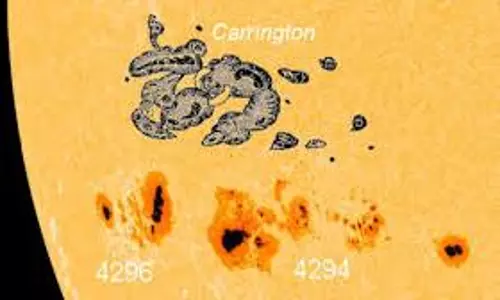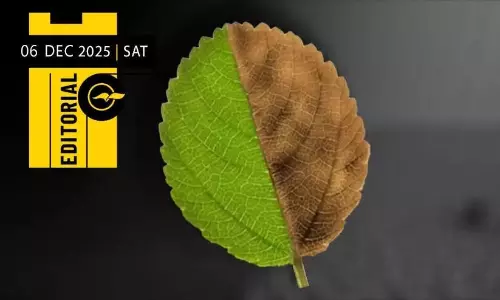
Astronomers discover young solar system similar to ours around Sun-like star
text_fieldsWashington: Astronomers have discovered a young planetary system around a nearby Sun-like star that shares remarkable similarities to our own early solar system.
An international team used the Gemini South telescope to capture images that show a ring-like disk of debris surrounding a Sun-like star, in a birth environment similar to the Sun's.
The disk appears to be sculpted by at least one unseen solar system-like planet, is roughly the same size as our solar system's Kuiper Belt, and may contain dust and icy particles.
The research provides a valuable key to understanding the early formation of the Sun and planets.
The discovery of the bright ring of orbiting the star HD 115600 changes everything, said Thayne Currie of the Subaru Telescope in Hawaii, who led the research.
"It's kind of like looking at our solar system when it was a toddler," said Currie.
The ring is almost exactly the same distance from its host star as the Kuiper Belt is from the Sun and it receives about the same amount of light.
The star itself is just slightly more massive than the Sun and is a member of a massive grouping of 10- to 20-million-year-old stars called the Scorpius-Centaurus OB association.
Its birth cloud is very similar to the nebula in which the Sun formed some 4.5 billion years ago. There are strong indications that the ring around HD 115600 is being shaped by interactions with an unseen solar system-like planet.
The team measured the position of the ring with respect to the star and found that the ring was significantly offset and has an eccentric shape.
This is likely due to the gravitational effect of a massive planet. The calculated eccentricity of the disk is among the largest known thus far.
By using models that predict how planets of different masses and orbital separations shape a debris disk, the team calculated what kind of planet might be distorting HD 115600's ring.
They found that eccentric versions of planets much like Jupiter, Saturn, Uranus, or Neptune could explain the shape and other properties of the ring.
Other clues suggest that the ring may have a composition similar to the Kuiper Belt. Its spectrum implies some types of dust, as well as major Kuiper Belt constituents such as ice and silicates.






















